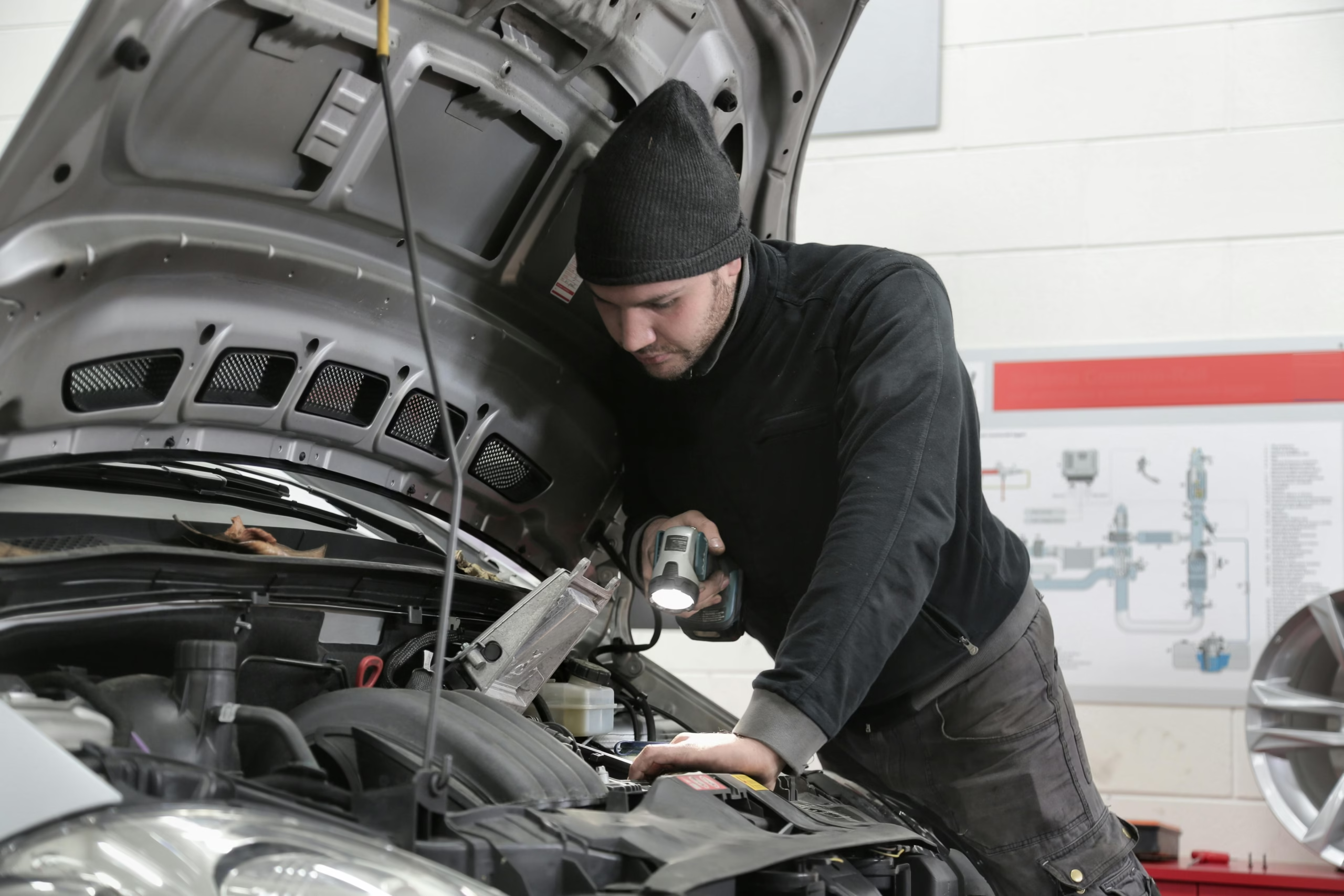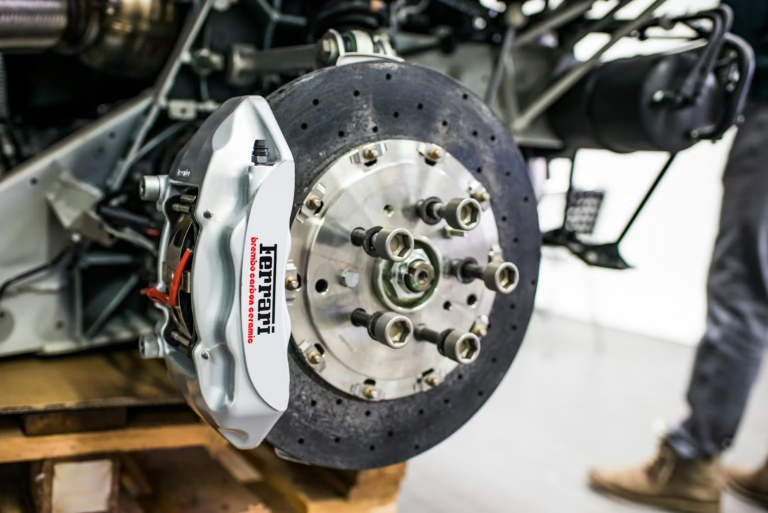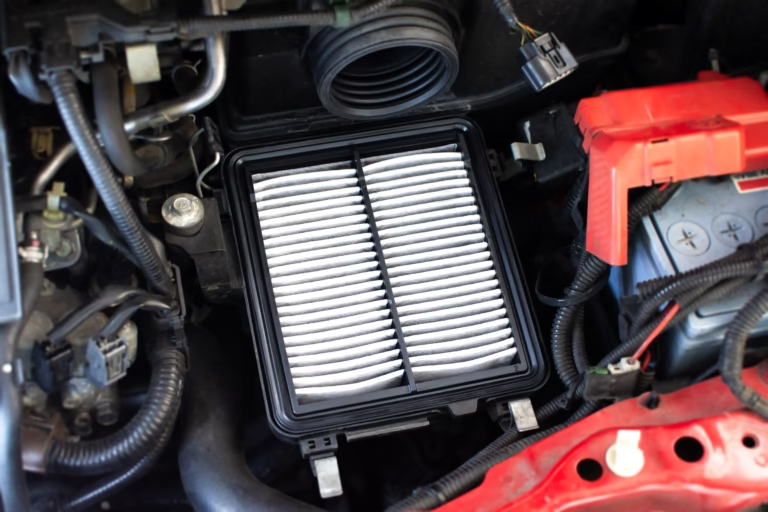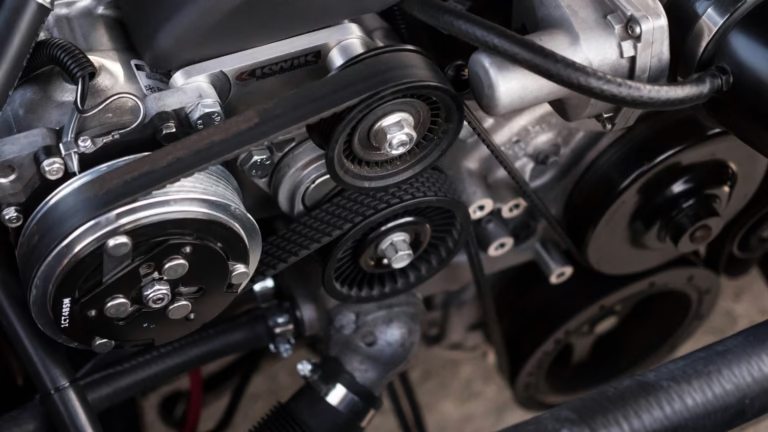
An overheating engine isn’t just stressful — it’s dangerous for your car. If ignored, it can lead to blown head gaskets, warped engine parts, or even total engine failure. But don’t panic — most causes of overheating are preventable and repairable.
In this complete guide, we’ll walk you through why cars overheat, how to troubleshoot it step-by-step, and how to safely fix common overheating issues — even if you’re not a mechanic.
🚨 Why Overheating Happens
Your engine generates a lot of heat while running. The cooling system — made up of the radiator, coolant, thermostat, hoses, water pump, and fans — keeps temperatures stable. When something in that system fails or runs low, heat builds up quickly.
Common causes of overheating:
- Low or leaking coolant
- Malfunctioning thermostat
- Broken radiator fan
- Clogged radiator
- Failing water pump
- Blown head gasket
Knowing the cause is key to finding the fix.
🧯 Signs Your Car is Overheating
- Temperature gauge in the red
- Steam or smoke from under the hood
- Sweet or burnt smell
- Check engine or temperature warning light
- Engine knocking or power loss
- Coolant boiling over
If your car shows these signs, pull over immediately and shut off the engine.
🧰 Tools & Materials You May Need
- Coolant/antifreeze
- Distilled water
- Radiator cap (if replacement needed)
- Screwdrivers, pliers
- Socket wrench set
- Coolant pressure tester (optional)
- Flashlight
- Gloves and eye protection
🔧 Step-by-Step: How to Diagnose & Fix an Overheating Car
🛑 Step 1: Pull Over and Let the Engine Cool
Never open the radiator cap while the engine is hot — boiling coolant can cause serious burns. Wait at least 30–60 minutes before inspecting.
Open the hood carefully and look for:
- Leaking coolant
- Cracked hoses
- Broken belts
- Wet spots around radiator or engine
💧 Step 2: Check Coolant Level
Locate the coolant reservoir tank (usually a white or translucent container with “min/max” lines).
- If coolant is low, top it off with a 50/50 mix of antifreeze and distilled water.
- If it’s completely empty, check for visible leaks.
Also, inspect the radiator cap. A damaged or worn cap can let pressure escape, causing overheating.
🔍 Step 3: Inspect for Leaks
Common leak points:
- Radiator seams
- Heater core hoses
- Water pump weep hole
- Thermostat housing
- Hose clamps
Use a coolant pressure tester if you suspect a small or hidden leak.
If you find a leak:
- Tighten clamps or replace hoses
- Replace radiator or water pump if cracked/leaking
- Use a radiator leak stop product in emergencies (temporary solution)
🌡️ Step 4: Test the Thermostat
A stuck-closed thermostat blocks coolant flow and leads to fast overheating. You can test it two ways:
🔧 Without removing:
- Start the engine cold
- Feel the upper radiator hose after 5–10 minutes
- If it stays cold, the thermostat may be stuck closed
🧪 With hot water:
- Remove the thermostat and place it in boiling water
- It should open at the rated temperature (usually 180–195°F / 82–90°C)
If it doesn’t open — replace it (cheap and easy part).
❄️ Step 5: Check Radiator Fan Operation
A failed radiator fan prevents airflow, especially in traffic or while idling.
Start the engine and turn on the A/C — the fan should kick on.
If not:
- Check the fan fuse and relay
- Test the fan motor directly
- Replace the fan or relay if faulty
💦 Step 6: Inspect Water Pump Function
The water pump circulates coolant. A failing pump may:
- Leak from the weep hole
- Make whining or grinding noises
- Cause poor coolant flow
Remove the drive belt and check for shaft play or noise when spinning. Replace if defective.
🧼 Step 7: Flush the Radiator (If Clogged)
If the radiator is full of rust or sediment, coolant flow is restricted.
Do a radiator flush:
- Drain the old coolant
- Fill with radiator flush solution + water
- Run the engine with heat on for 10–15 mins
- Drain and refill with fresh coolant
Repeat every 2–3 years as regular maintenance.
🧪 Step 8: Bleed the Cooling System
After refilling coolant, trapped air pockets can cause overheating. You must bleed the system:
- Park on an incline or use a funnel
- Run the engine with the radiator cap off
- Wait until thermostat opens (watch for bubbles)
- Top off coolant and close cap
Some vehicles have bleeder screws — consult your manual.
💰 Cost of Fixing Overheating Issues
| Repair | DIY Cost | Shop Cost |
|---|---|---|
| Thermostat replacement | $10–$40 | $100–$300 |
| Radiator fan replacement | $50–$150 | $200–$500 |
| Radiator flush & refill | $25–$60 | $100–$250 |
| Coolant leak fix (hoses) | $10–$50 | $150–$300 |
| Water pump replacement | $40–$100 | $300–$800 |
DIY savings: $100–$500 depending on the issue.
🧠 Prevention Tips
- Check coolant every month
- Change coolant every 2–3 years
- Inspect hoses for cracks or bulges
- Replace radiator cap if old or corroded
- Never ignore the temperature gauge
🔚 Final Thoughts
Overheating doesn’t have to mean the end of your engine. With early signs, a cool head, and the right steps, you can solve the problem yourself and avoid thousands in repair costs.
Whether it’s a simple coolant top-up or a failed fan motor, this guide gives you the confidence to handle it step by step.





